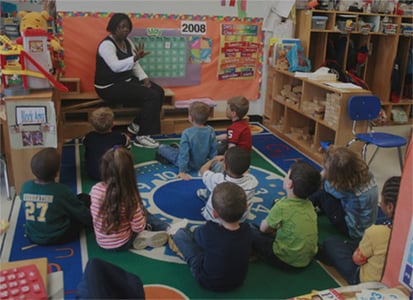
One of the most enjoyable parts of my work at Teachstone is providing observer support. I am lucky enough to be able to provide many levels of support to Certified CLASS Observers with the goal of maintaining the integrity of the measure as it is used to evaluate classroom interactions and support educators and children.
Over the past few months, I’ve been involved in creating and recording CLASS Calibration webinars. CLASS Calibration gives Certified CLASS Observers the opportunity to view and code a single master-coded video per session. Once observers have submitted their codes for the video, those participating in individual calibration or our standard group calibration offering receive access to a prerecorded webinar.
The webinar format gives participants the opportunity to compare their coding notes with those of the master coders and hone in on their personal coding tendencies.
Here's what participants can expect to find in our webinar:
- To kick things off, we provide a synopsis of the video to remind participants what they saw.
- We then introduce and define each dimension to focus observers on the dimension and purpose of that dimension.
- Next, we delve into each dimension in detail, providing the master codes and key interactions by indicator that support these codes.
- We additionally provide points to consider along the way for the trickier dimensions to further refine observers' CLASS knowledge.
These webinars are very similar to the guided discussions about training videos that occur at our CLASS Observation Trainings. Webinar facilitators, just like trainers, guide observers through the video, giving codes and justifications for each dimension.
The process of creating and delivering a CLASS Calibration webinar takes a lot of behind-the-scenes work! You might be surprised by the number of steps involved in the process (in my role alone):
- I look at the codes and justifications for a calibration video, along with any associated notes or documents.
- Using those notes as my guide, I create a PowerPoint presentation that will be used to deliver the prerecorded webinar.
- I create presenter’s notes to serve as a guide for the webinar facilitator.
- I record the webinar and review the recording, checking for sound quality and the visual presentation of the material.
I’d estimate about 10-12 hours of my time per video, so it’s a labor-intensive endeavor! We are excited to have a selection of CLASS Calibration webinars available for each age group (Infant coming soon) that help observers keep their focus and provide reliable observations wherever they go. It’s all a part of measuring what matters and improving the lives of children!

